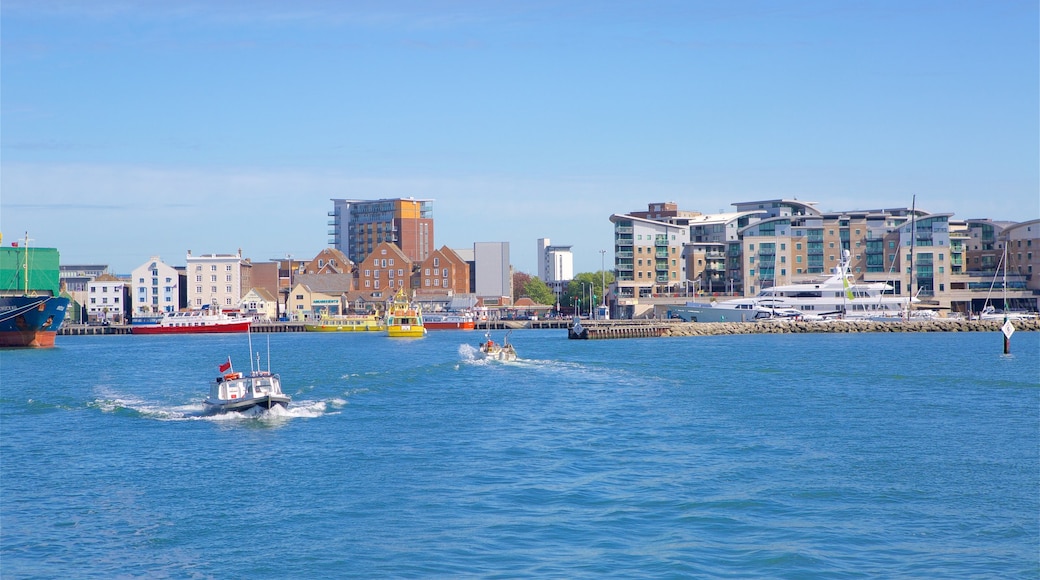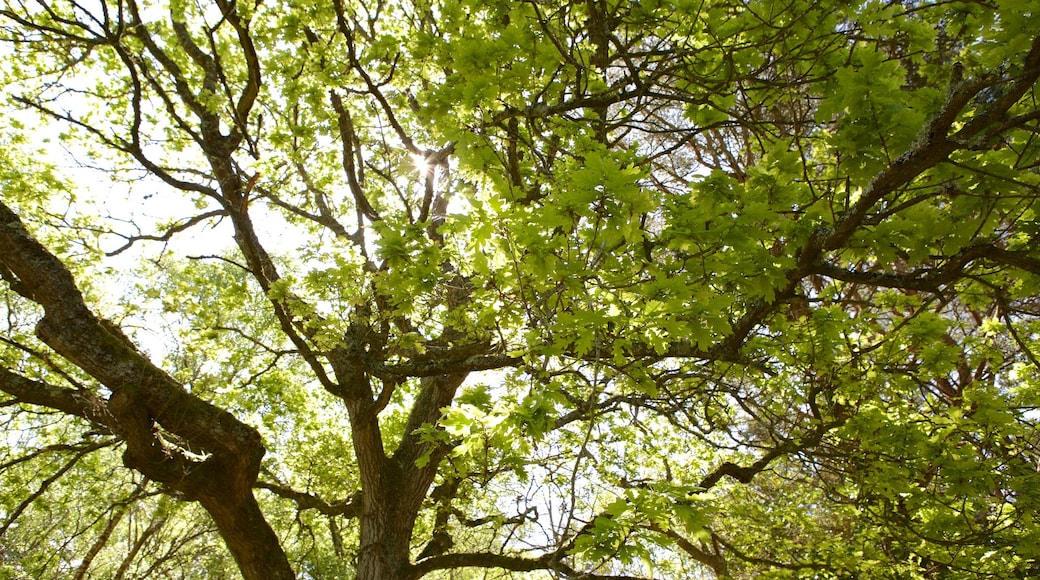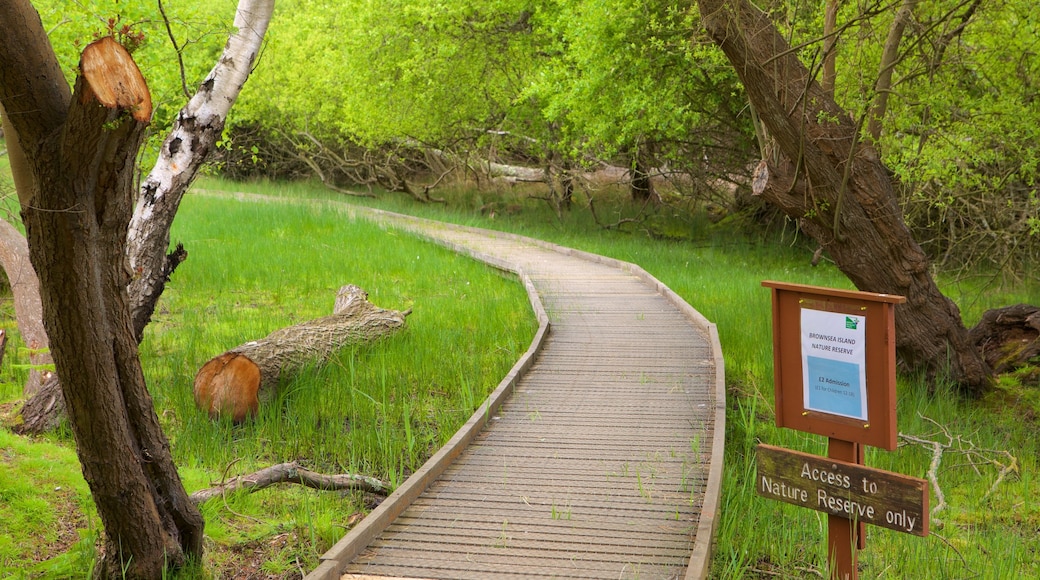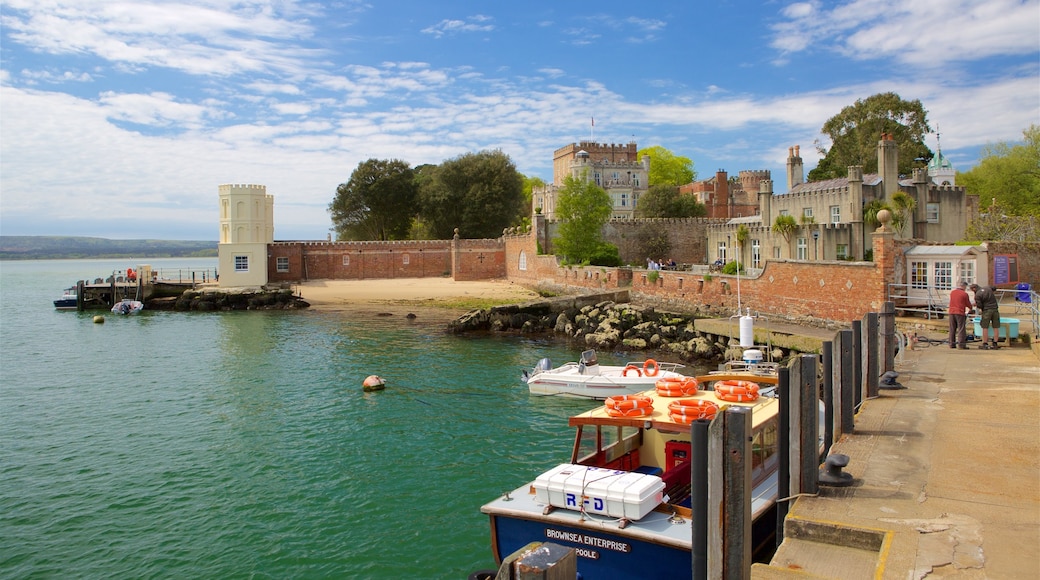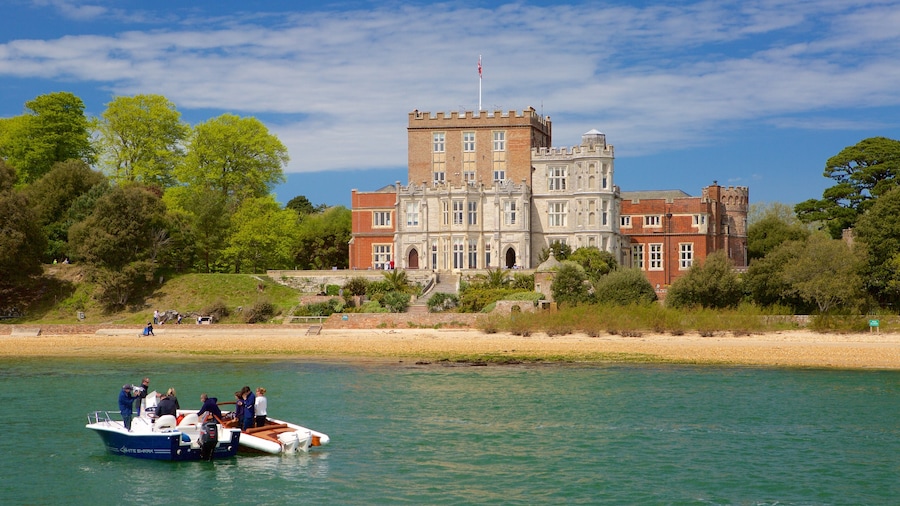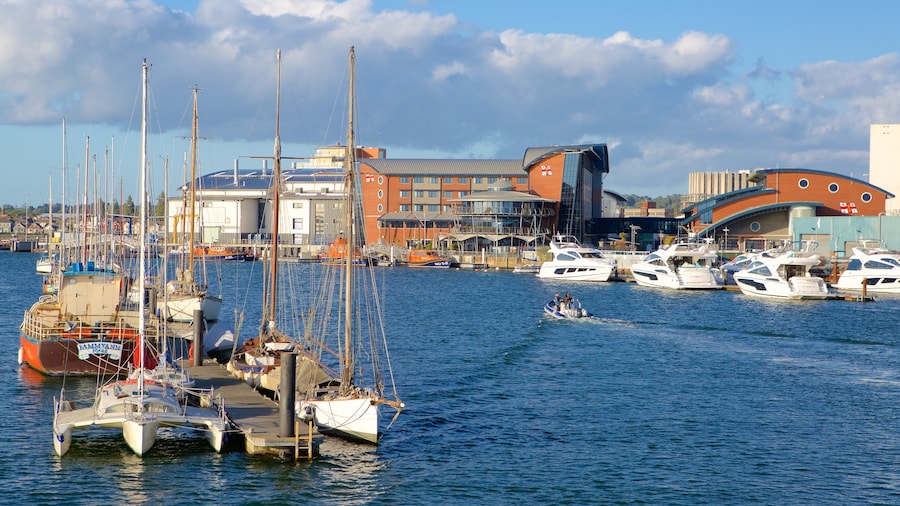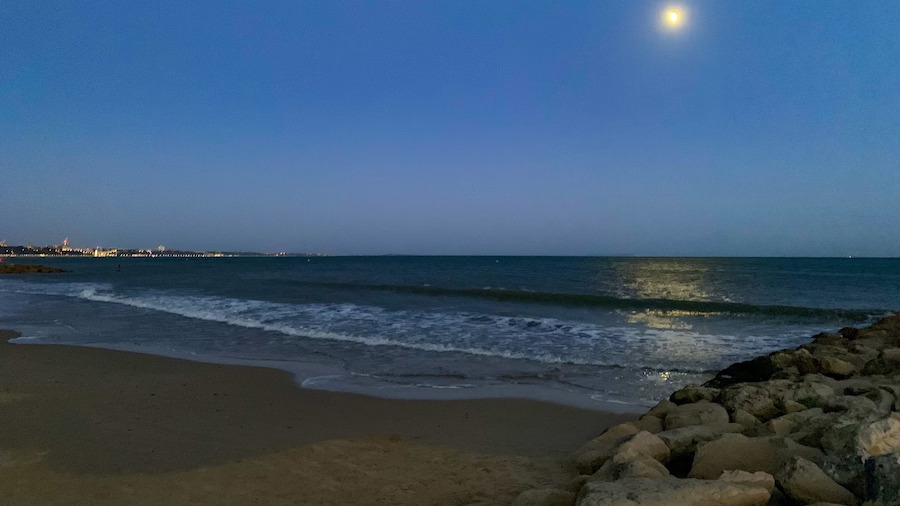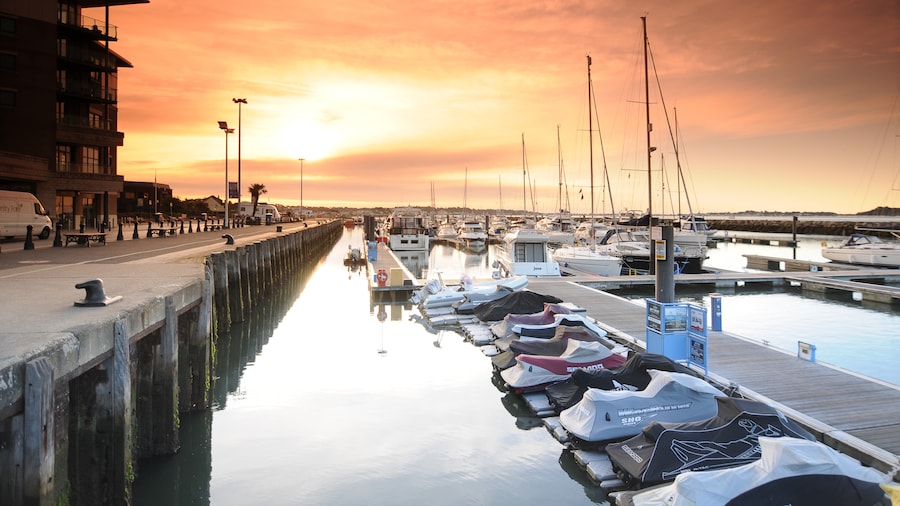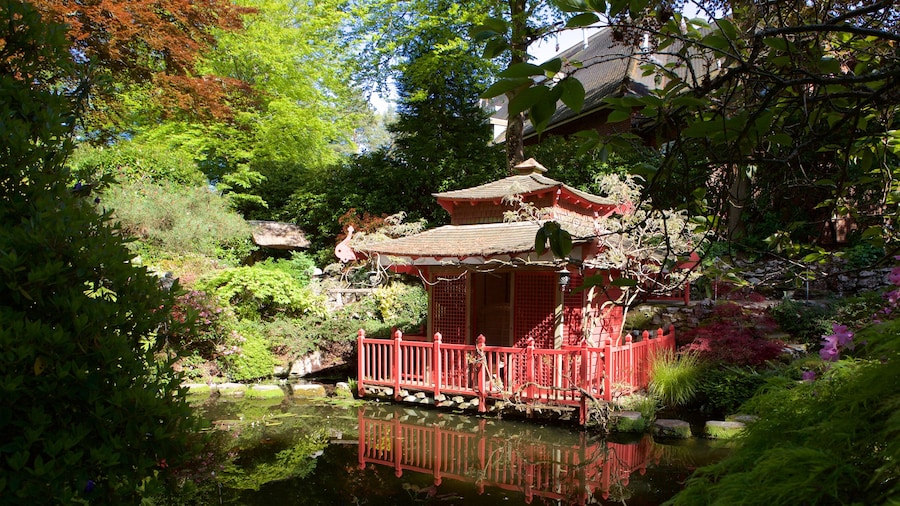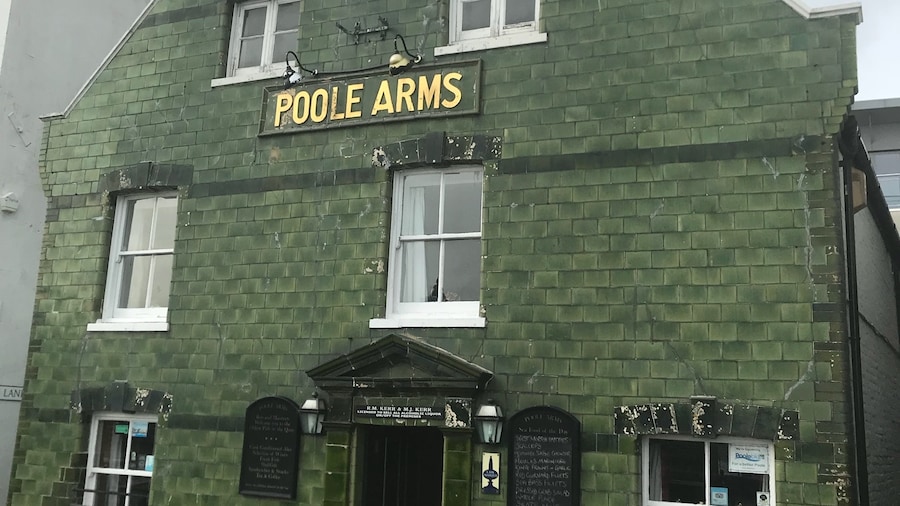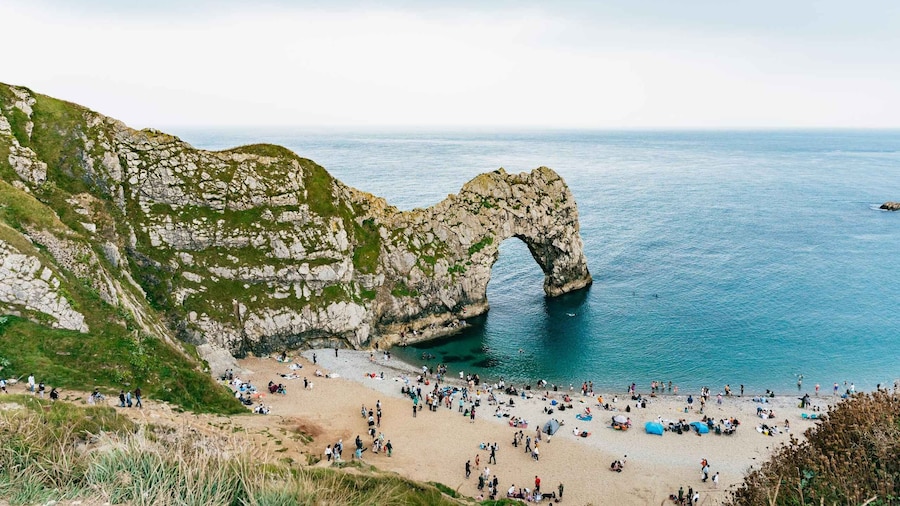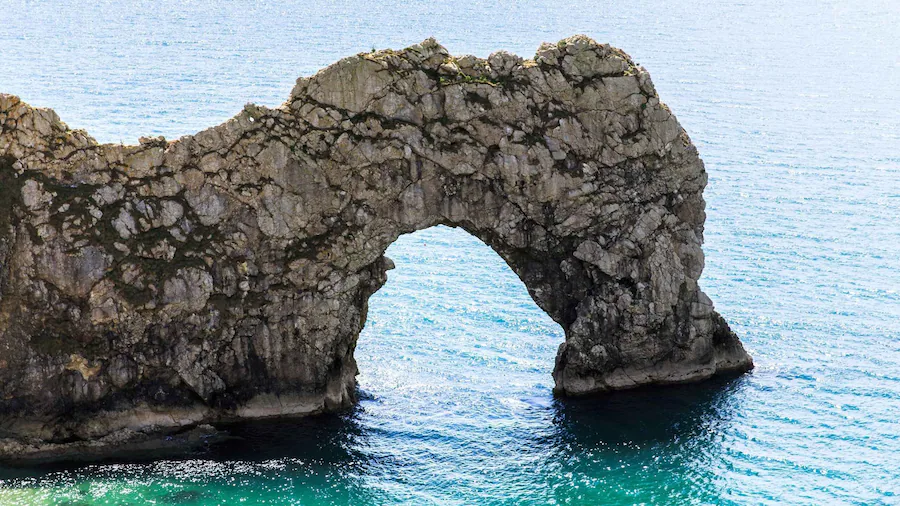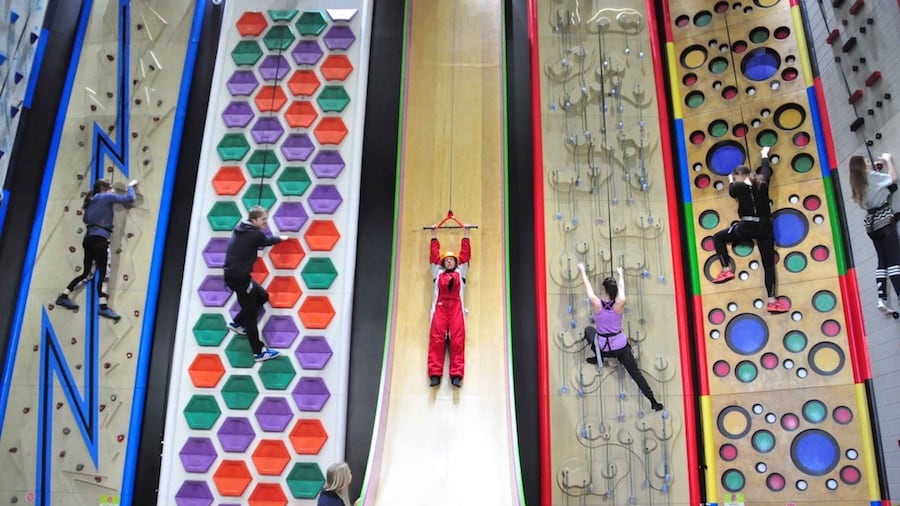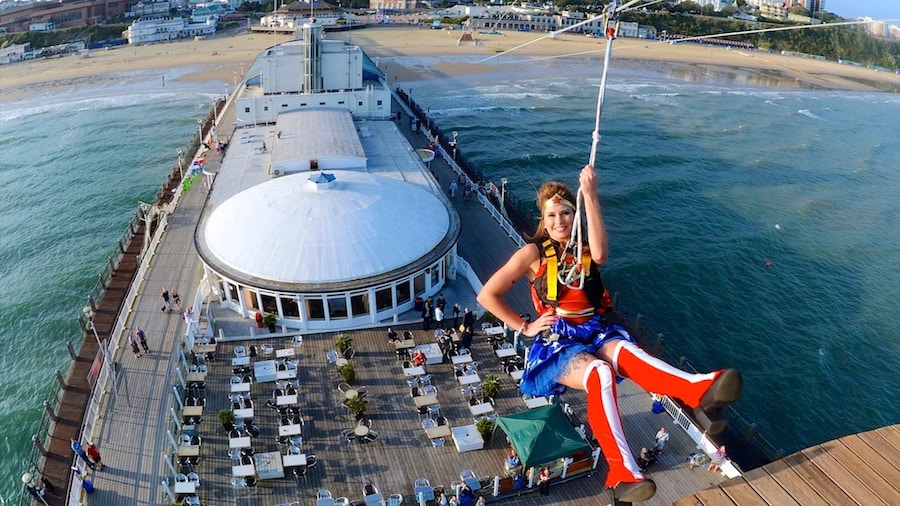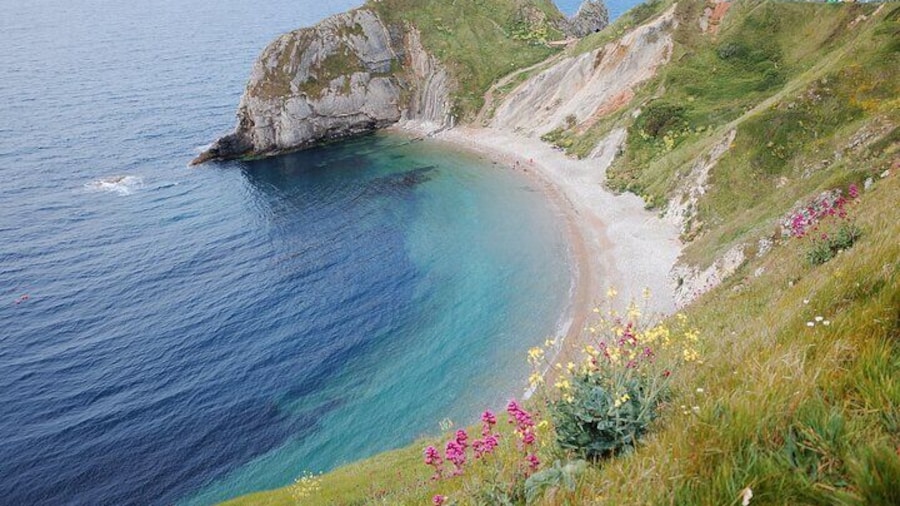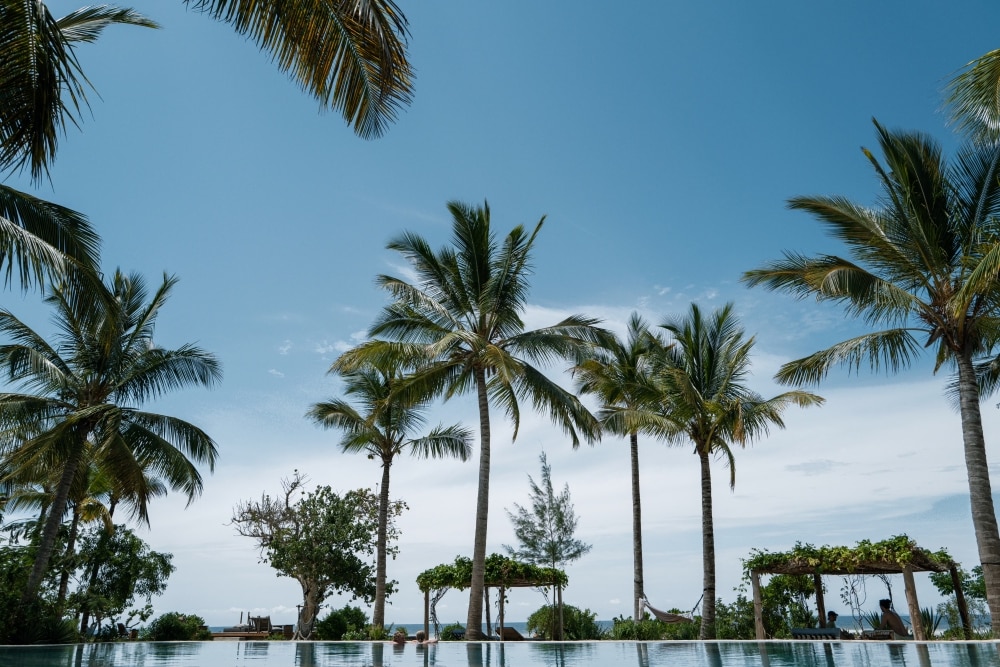Combine sightseeing at the church and castle with a search for playful red squirrels as you meander through the dense woodland of this island.
Brownsea Island is a small woodland islet with a range of interesting terrain, wildlife and cultural landmarks. It is the largest of Poole Harbour’s eight islands and is home to the 19th-century St. Mary’s Church and the 16th-century Brownsea Castle. Learn about the early children’s camps that eventually led to the formation of Robert Baden-Powell’s Boy Scouts.
As you approach the island by boat, see the castle looming over the water. Peruse its pleasant gardens and capture photos of the fortress, which served as a defence fortification in the 1500s. Walk around the castle and pass through the mock Tudor entrance added in the 19th century.
Admire the Gothic style of the grey St. Mary’s Church. View a tomb and a monument to a previous owner and the original architect. Italian Renaissance sculptures decorate the church’s interior.
The island’s varied terrain includes a lagoon, salt marshes, freshwater lakes and woodland. Appreciate the picturesque setting at the Outdoor Centre. More than 100 years ago, Lieutenant-General Robert Baden-Powell, who is credited with setting up the Scout movement, camped here with early Boy Scouts. Enjoy today’s activities of orienteering and camping.
The island plays an important role in the survival of the rare red squirrel, which is dying out in the rest of the country due to the dominance of its grey counterpart. Discover several ornamental peacocks showing off their colourful tail feathers and visit the island’s heronry to see other majestic birds. Most of the islet is open from April to September, although the castle is closed to the public. The ferry ride has a small cost, with discounts for kids.
Book a ferry for one of its regular voyages to Brownsea Island from Poole Harbour. The journey is short, with arrival at the docks beside Brownsea Castle on the eastern coast. Get around the small island on foot easily. Its length is just 1.5 miles (2.4 kilometres).
